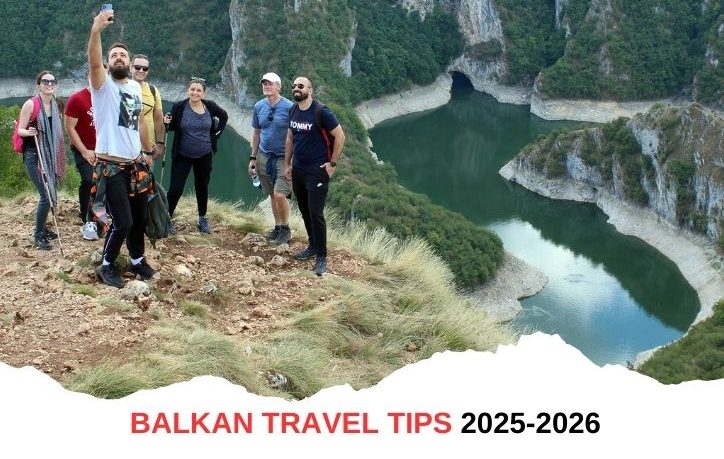Introduction
The Balkans are one of Europe’s most rewarding regions to explore: a mosaic of cultures, landscapes, and traditions that feels both exotic and familiar. While our Balkan Trip Planning Guide helps you structure your journey, this article goes deeper into practical details that travelers often overlook.
If you are considering a private Balkan tour in 2025, 2026, or beyond, here’s what you should know about border crossings, real travel times, accommodation standards, food and wine experiences, and sample tailor-made itineraries
Border Crossings Explained
Traveling across the Balkans often means crossing more than one border. These are not complicated, but they do take time — especially in summer.
Documents – A valid passport is required. US, UK, EU, Canadian, and Australian citizens usually enter visa-free, but always check current requirements before departure.
Wait times – In July and August, border traffic through Serbia is particularly heavy due to the holiday season. A large share of this transit consists of Turkish citizens living in Western and Central Europe traveling by car to spend their vacations in Turkey, along with many international tourists driving south toward Greece and other regional seaside destinations. Serbia’s borders with Hungary, Croatia, Bulgaria, and North Macedonia are especially busy at this time. Smaller crossings can sometimes be faster but may not operate 24/7.
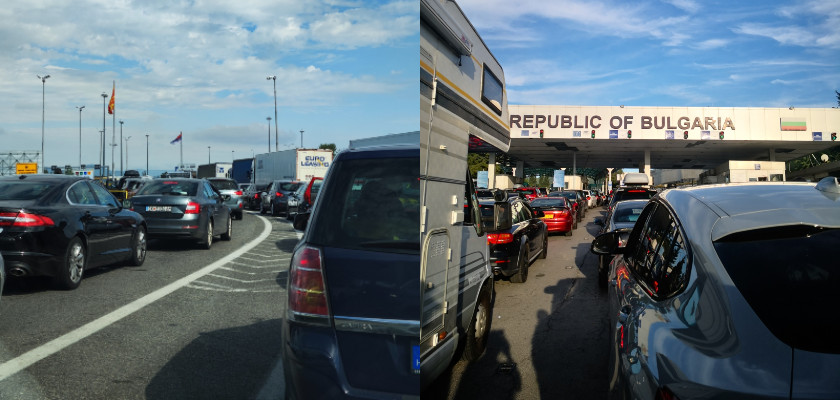
Currency & payments – Each country in the region has its own currency:
-
Serbia – Serbian dinar (RSD)
-
Bosnia & Herzegovina – Convertible mark (BAM)
-
Bulgaria – Lev (BGN)
-
North Macedonia – Denar (MKD)
-
Albania – Lek (ALL)
-
Romania – Leu (RON)
-
Slovenia & Croatia – Euro (EUR) (as EU members)
-
Montenegro & Kosovo – Euro (EUR) (used unilaterally, not as part of the Eurozone)
💡 Tip: Keep small amounts of local cash for everyday expenses (parking, kiosks, small cafés). Cards are widely accepted in cities, but not always in rural areas.
Transport & Distances in Reality
A very common misconception among travelers from large countries is that small Balkan states can be “covered” quickly. Looking at the map, distances seem short, but in reality, to comfortably and meaningfully visit multiple points, you need more time than expected.
Google Maps vs. reality – Travel times shown on Google Maps are generally a good orientation if traffic is normal. Delays mainly occur at border crossings or during peak summer congestion, when a 3-hour drive can stretch to 4–5.
Highways vs. regional roads – Serbia, Croatia, and Slovenia have modern motorways. In the rest of the region, expect narrower or winding roads, which naturally slow travel.
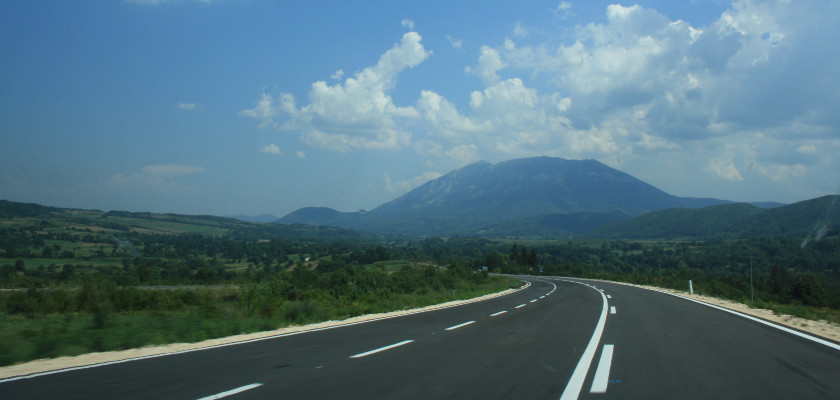
Driving style & comfort – Local driving can feel intense; a professional driver ensures both safety and efficiency.
Regional / international flights – Routes like Belgrade–Tivat or Belgrade–Podgorica exist, but airport formalities usually cancel out the time saved. Most private travelers prefer road transfers with sightseeing stops along the way.
💡 Rule of thumb: On a 7-day private Balkan tour, change hotels every 2–3 nights, not every day, to avoid travel fatigue.
Accommodation Standards
Hospitality in the Balkans is improving rapidly, but it doesn’t always match Western expectations.
Star ratings – A 4* hotel in Belgrade or Novi Sad is often on par with Western Europe, while a rural 4* may feel simpler.
Boutique & family-owned hotels – Personalized service and authentic character, often more rewarding than chain hotels.
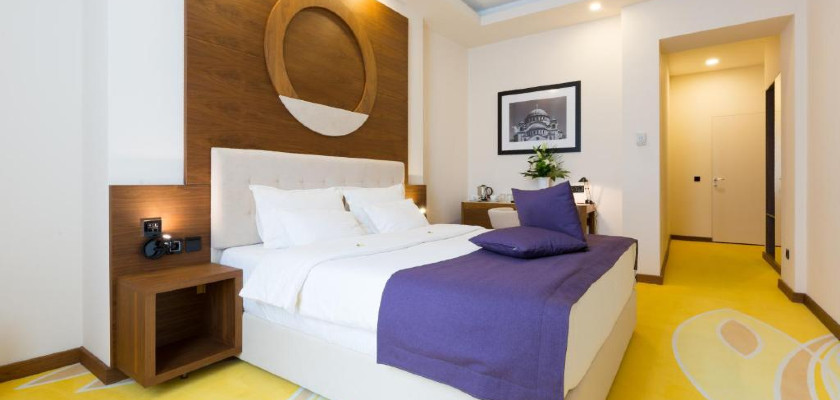
Spa resorts – Common in Serbia, Montenegro, and Slovenia, perfect for combining relaxation with sightseeing.
Countryside guesthouses – These exist, but they are more of an exception than a rule. They are particularly present in Western Serbia, where authentic rural hospitality is part of the travel experience.
💡 Tip: Don’t expect countryside guesthouses everywhere; where they do exist, they can add real character to your trip.
Food & Wine Experiences
Cuisine is central to the Balkan identity, and wine has become a highlight for many visitors.
Serbia – Boutique wineries in Šumadija and Fruška Gora, authentic countryside dining.
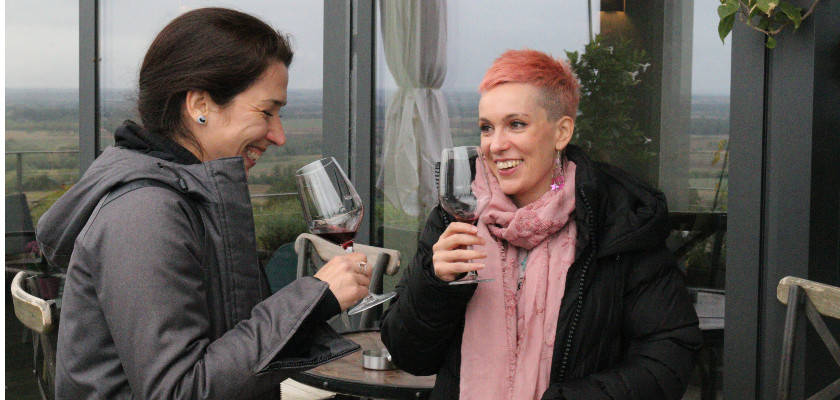
Romania – Distinct varietals in Transylvania and Banat regions.
Montenegro – Olive oil traditions and Adriatic seafood.
Bosnia & Herzegovina – Ottoman-influenced sweets and slow-cooked dishes.
Truffles – Options include truffle tasting in Belgrade and truffle hunting in Eastern Serbia (on request). Fruška Gora is possible by arrangement. Istria (Croatia) is an option only if Croatia is part of the itinerary.
💡 Traveler insight: A wine tasting, cooking workshop, or farm visit often becomes a highlight of the tour.
Sample Tailor-Made Itineraries
Here are some realistic private Balkan tours designed to balance culture, nature, and comfort:.
These combinations avoid the “see it all in one trip” trap and allow deeper experiences.
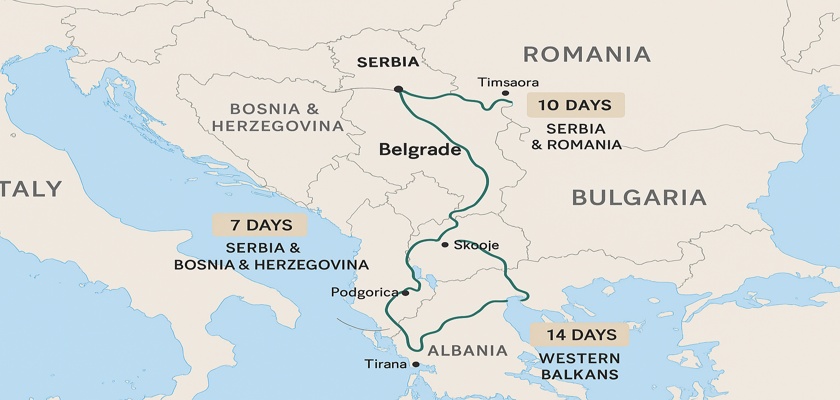
Frequently Asked Questions
How many days do I need for a Balkan tour?
At least 7–10 days for a single-country or regional trip. Two weeks works best for multi-country itineraries.
Is it safe to cross borders in the Balkans?
Yes, border procedures are straightforward, but waits vary by season. A local operator will know the best crossings and times.
What is the best month to visit the Balkans?
Late spring (May–June) and early autumn (September–October) offer mild weather, fewer crowds, and seasonal highlights like wine harvests.
Flexibility & How We Work
We design your custom Balkan itinerary before booking, tailoring it to your interests and pace. Once confirmed, the program is run as agreed — ensuring logistics, reservations, and timing flow seamlessly. This way you enjoy a stress-free journey without surprises.
Conclusion: Travel Smart, Travel Deep
The Balkans are about contrasts: East and West, ancient and modern, relaxed and adventurous. With the right preparation — and an experienced local partner — your private tour can be both smooth and memorable.
👉 Ready to start your private Balkan tour for 2025 or 2026? Contact us and let’s create a tailor-made itinerary for you.

